Vitamin D Calculator for Seniors
Calculate your personalized vitamin D needs based on age, sun exposure, and blood test results. Optimal vitamin D levels support immune function and reduce infection risk in older adults.
Results
When you start thinking about getting older, the biggest worry often isn’t just aches or gray hair-it’s the way your immune system changes. Immunodeficiency is a condition where the immune system’s ability to fight infections is reduced or absent. Add the natural wear‑and‑tear of Aging - a gradual decline in cellular repair, hormone balance, and organ function - and you have a perfect storm that can leave seniors vulnerable to everyday bugs.
Why Immunodeficiency Becomes More Common After 60
Two main forces drive the rise of immune problems in older adults. First, the thymus, the gland that trains T‑cells, shrinks dramatically after puberty, a process called thymic involution. Fewer new T‑cells means the body’s adaptive immunity slows down. Second, chronic low‑grade inflammation-sometimes called "inflamm‑aging"-riddles the bloodstream, blunting the ability of white blood cells to respond cleanly to threats.
Primary vs. Secondary Immunodeficiency: Know the Difference
Not every weak immune system is born the same way. Primary Immunodeficiency - a genetic or congenital flaw - shows up early in life and often runs in families. Secondary Immunodeficiency develops later, usually because of another condition (diabetes, kidney disease) or a medication (corticosteroids, chemotherapy).
| Feature | Primary (Congenital) | Secondary (Acquired) |
|---|---|---|
| Typical Onset | Childhood or infancy | Adulthood, often after 50 |
| Root Cause | Genetic mutations | Other disease, meds, malnutrition |
| Common Infections | Recurrent bacterial pneumonia | Opportunistic fungi, viral reactivations |
| Treatment Focus | Immunoglobulin replacement, bone‑marrow transplant | Address underlying condition, adjust meds |
| Prognosis | Variable, often lifelong management | Improves if cause is reversible |
Understanding which side of the line you fall on helps you choose the right doctor, the right lab tests, and the right lifestyle tweaks.
Key Health Markers to Watch
Regular check‑ups give you numbers you can act on. Here are the most telling labs for seniors with immune concerns:
- Complete Blood Count (CBC): Low white‑blood‑cell count flags a problem early.
- Immunoglobulin Levels (IgG, IgA, IgM): Deficiencies suggest primary issues.
- C‑reactive Protein (CRP) & ESR: Elevated levels point to chronic inflammation.
- Vitamin D (25‑OH): Low levels impair macrophage function and T‑cell activation.
Ask your clinician to track trends, not just single readings. A gradual rise in CRP over months may signal lifestyle issues you can fix.
Vaccination: Your First Line of Defense
Vaccines work by priming the adaptive immune system-exactly what gets weaker with age. The good news: even older adults reap huge benefits. Vaccination against flu, shingles, pneumococcus, and COVID‑19 reduces hospital stays by up to 70% for those over 65.
Make sure you:
- Get the high‑dose flu shot every autumn.
- Take the recombinant zoster vaccine (two doses, spaced 2-6 months apart).
- Stay up to date on the pneumococcal conjugate (PCV20) and polysaccharide (PPSV23) series.
- Discuss booster timing for COVID‑19 with your provider.
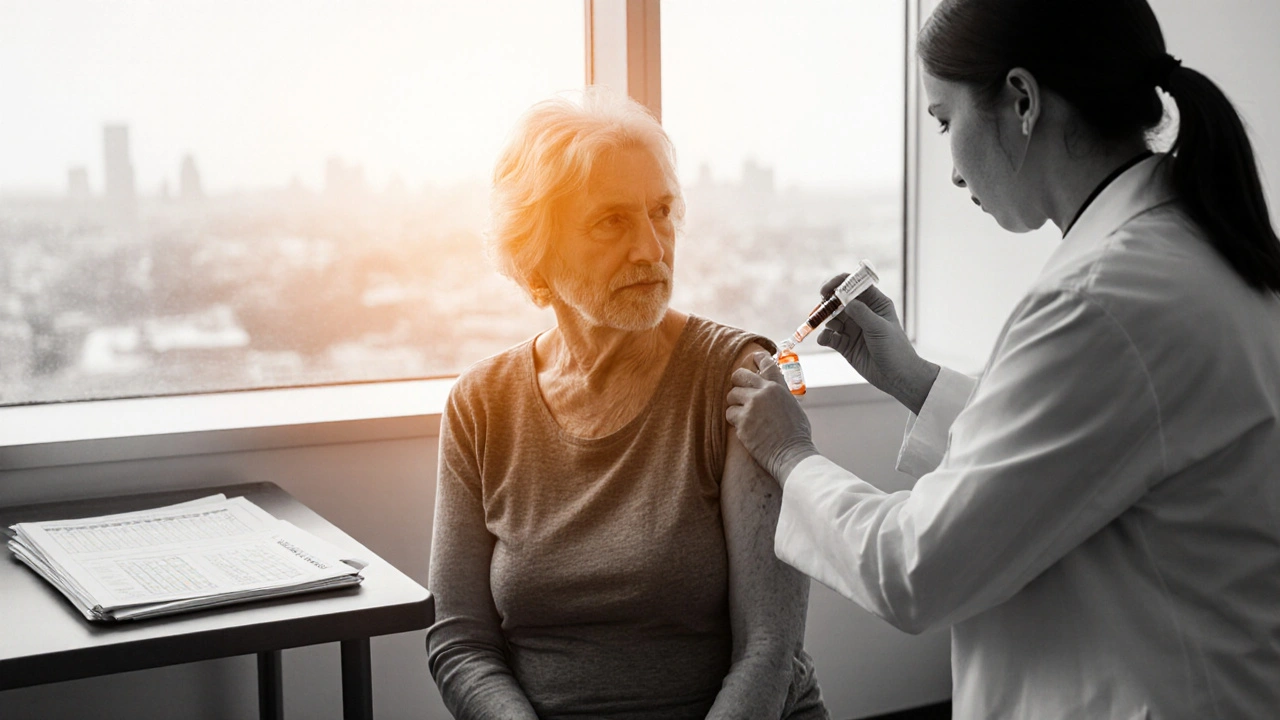
Nutrition: Fueling the Immune Engine
What you eat directly supplies the building blocks for immune cells. Several nutrients stand out for seniors:
- Vitamin D: Supports antimicrobial peptide production. Aim for 800-1000 IU daily, or more if blood tests show a deficiency.
- Zinc: Crucial for T‑cell signaling. Good sources include pumpkin seeds, beef, and fortified cereals.
- Omega‑3 Fatty Acids: Reduce inflammation and enhance phagocytosis. Target two servings of fatty fish per week or consider a high‑quality fish‑oil supplement.
- Probiotics & Prebiotic Fiber: Keep the Gut Microbiome diverse, which in turn trains immune tolerance.
Pair these nutrients with a Mediterranean‑style diet-lots of vegetables, olive oil, and lean protein-to keep the whole system humming.
Movement: Exercise as Immune Medicine
Physical activity isn’t just about keeping joints supple; it actually mobilizes immune cells. Moderate aerobic exercise (30 minutes, five days a week) boosts circulation of neutrophils and NK cells, giving them a better chance to spot invaders. Resistance training, two to three times a week, helps preserve muscle mass-an often‑overlooked factor in infection recovery.
Start small if you’re new: a brisk walk around the neighborhood, a chair‑based strength routine, or gentle yoga. The goal is consistency, not intensity.
Stress Management & Sleep: The Hidden Immunity Levers
Chronic stress releases cortisol, a hormone that dampens lymphocyte activity. Mind‑body practices reduce that load. Try:
- Daily 10‑minute breathing exercises.
- Weekly social activities-book clubs, gardening groups, or volunteer work.
- Mindful walking or tai chi for gentle movement and mental calm.
Sleep is equally vital. Aim for 7-8 hours of uninterrupted rest. Poor sleep cuts down the production of cytokines that help coordinate the immune response.
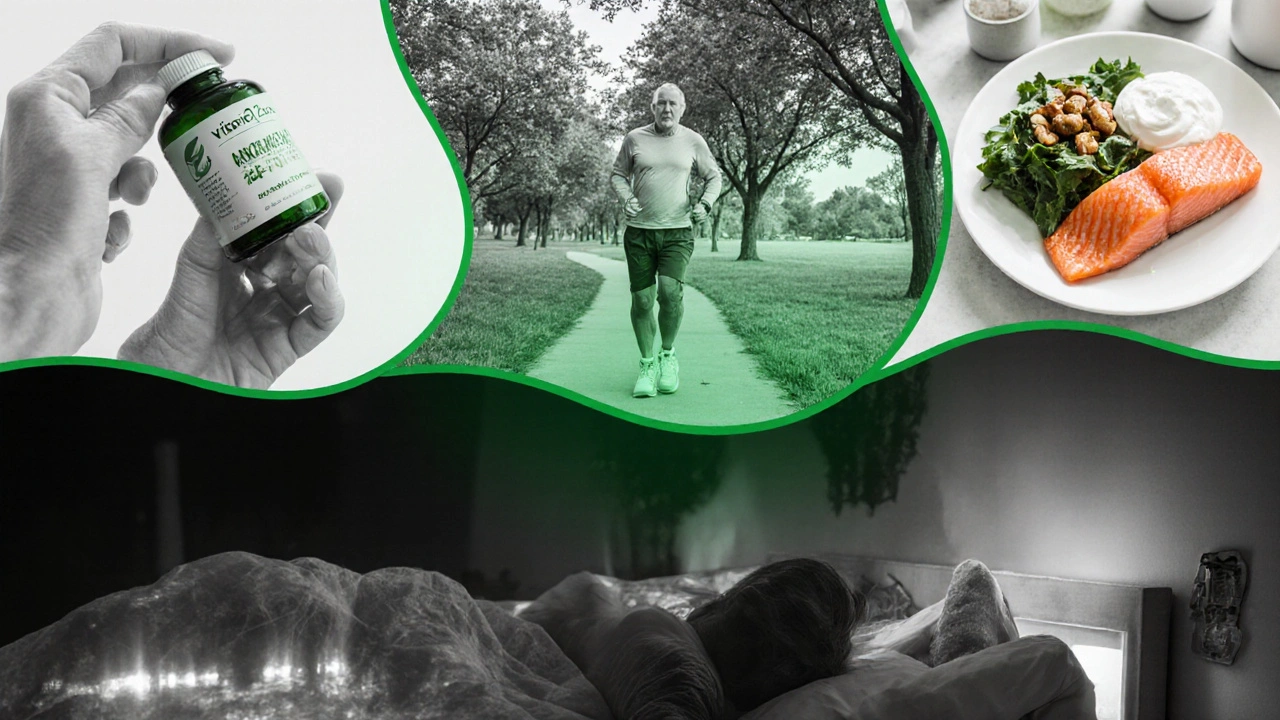
When to Seek Professional Help
Even with the best self‑care, some red flags demand a doctor’s attention:
- Fever > 101°F lasting more than three days.
- Unexplained weight loss or night sweats.
- Frequent sinus, ear, or lung infections (more than three per year).
- Persistent skin rashes or oral ulcers.
- Newly diagnosed autoimmune condition or cancer treatment.
Bring your recent lab reports and a list of medications-some drugs, like high‑dose steroids, can mask symptoms while weakening immunity.
Putting It All Together: A Weekly Health Routine for Seniors
- Morning: Take vitamin D and zinc supplement with breakfast; 10‑minute meditation.
- Mid‑day: 30‑minute brisk walk or stationary bike; hydrate with water.
- Evening: Light dinner rich in omega‑3s (salmon, walnuts); probiotic yogurt.
- Night: Screen‑free wind‑down 30 minutes before bed; aim for 7-8 hours sleep.
- Weekly: Attend a community class (yoga, art, book club); schedule a tele‑check‑in with your primary care physician.
Follow this template, tweak as needed, and you’ll give your immune system the best chance to stay robust as the years roll on.
Frequently Asked Questions
Frequently Asked Questions
Can lifestyle changes reverse immunodeficiency?
Lifestyle tweaks-better diet, regular exercise, adequate sleep-can markedly improve immune function, especially for secondary immunodeficiency. They won’t cure genetic primary forms, but they reduce infection frequency.
Do seniors need more vaccines than younger adults?
Yes. The immune response weakens with age, so higher‑dose formulations (e.g., high‑dose flu shot) and additional boosters (shingles, pneumococcal) are recommended for people 65+.
What are the best lab tests to monitor my immune health?
Start with a CBC, immunoglobulin panel, CRP/ESR, and vitamin D level. If you have a known condition, your doctor may add specific lymphocyte subset testing.
Is it safe for seniors to take probiotic supplements?
Generally, yes. Look for strains like Lactobacillus rhamnosus GG and Bifidobacterium lactis, and start with a low dose to gauge tolerance.
How much exercise is enough to boost immunity?
The sweet spot is moderate aerobic activity-about 150 minutes per week-plus two strength‑training sessions. More isn’t always better; over‑exertion can temporarily suppress immunity.
Staying healthy while your immune system ages isn’t a lottery ticket; it’s a series of deliberate choices. By keeping an eye on labs, staying up to date on vaccines, eating the right nutrients, moving regularly, and managing stress, you give yourself the strongest possible defense against infections. And remember, if anything feels off, a quick talk with your doctor can catch problems before they snowball.
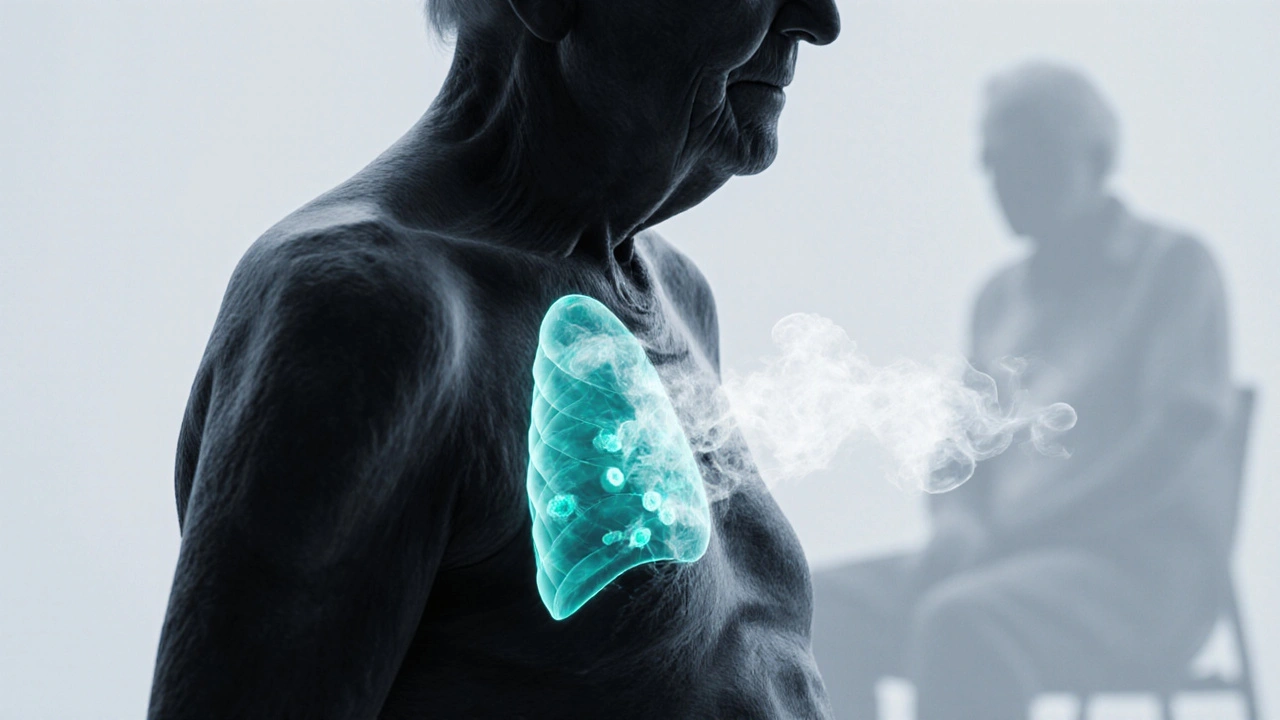
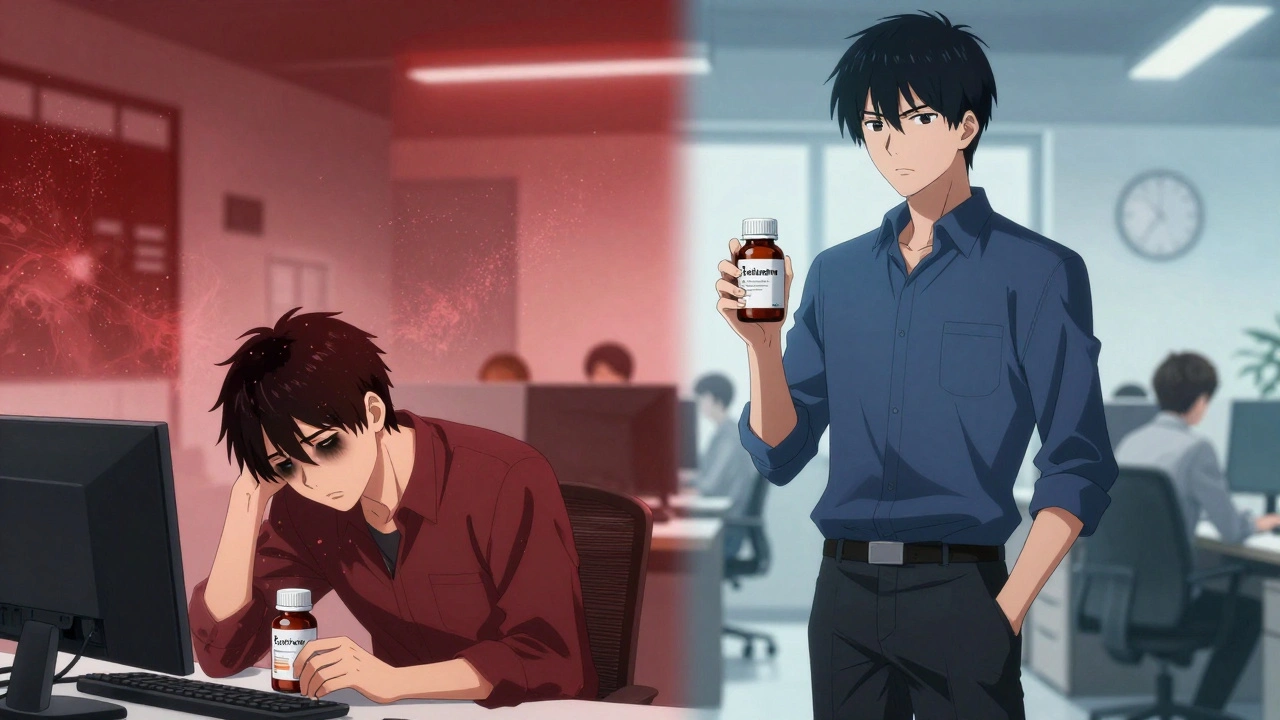

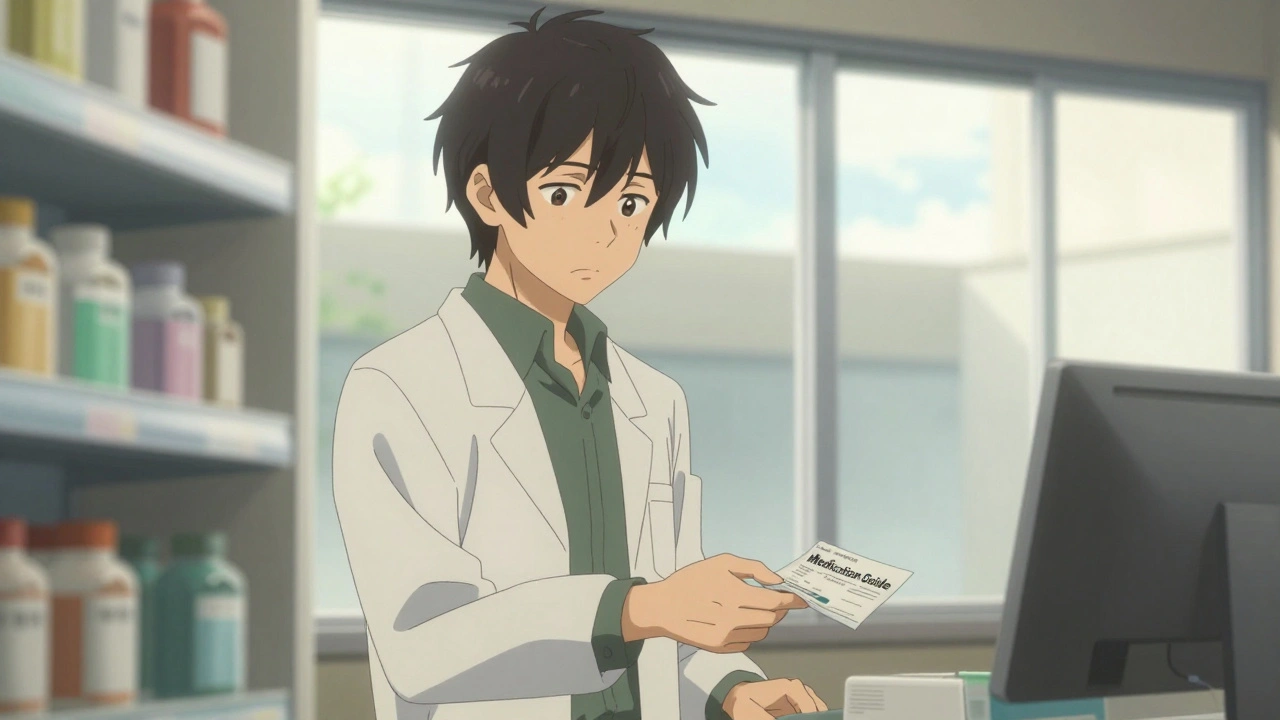

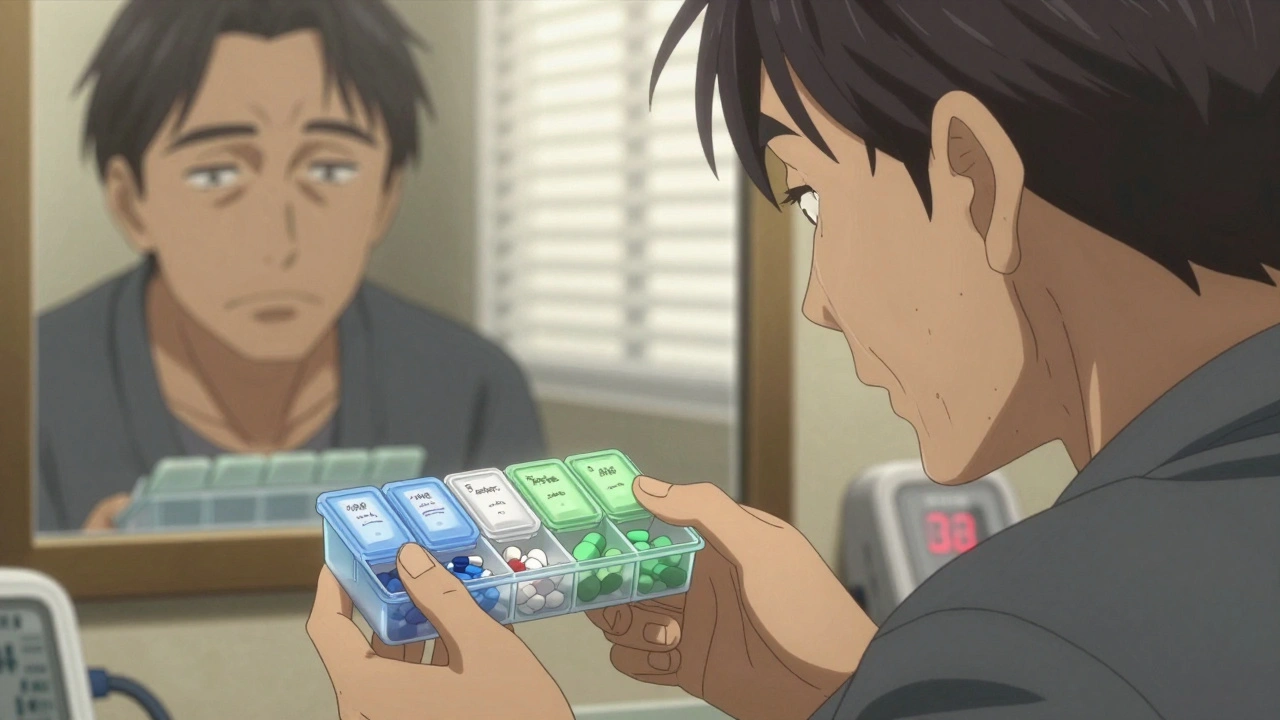
Anthony Burchell
October 15, 2025 AT 21:20Okay, I get the hype about “immune‑boosting” routines, but let’s not pretend it’s a magic shield. The article lists a ton of supplements, yet most seniors already take a handful of meds that can interfere. A high‑dose flu shot is great, but it won’t stop a simple cold if you’re already exhausted. Bottom line: you can tweak diet and exercise, but you still need realistic expectations.
Michelle Thibodeau
October 15, 2025 AT 22:20Reading through this guide feels like strolling through a garden of golden advice, each bloom promising a healthier tomorrow for our elders. First, the clear distinction between primary and secondary immunodeficiency is a masterstroke; it helps families understand whether genetics or lifestyle is the main culprit. The emphasis on regular lab monitoring is crucial, because numbers like CBC or CRP are the quiet sentinels that warn us before the storm arrives. Vaccination, of course, stands tall as the frontline defender, especially the high‑dose flu shot that seems almost heroic in its protective power. I love the way the author weaves in the importance of the recombinant zoster vaccine, reminding us that shingles isn’t just a nuisance but a real threat to aging skin and nerves. Nutrition shines through with vivid detail – vitamin D, zinc, omega‑3s, and probiotics form a quartet that conducts the immune orchestra. The Mediterranean‑style diet suggestion isn’t a trend but a timeless recipe that honors both flavor and function. Moving on to exercise, the recommendation of 150 minutes of moderate aerobic activity each week is both attainable and evidence‑based, and the nod to resistance training protects muscle mass, the unsung hero of infection recovery. Stress management gets a compassionate nod; breathing exercises and community engagement are not fluff, they’re real stress buffers that lower cortisol and let lymphocytes do their job. Sleep, that often‑overlooked pillar, is rightly highlighted – 7‑8 hours of uninterrupted rest can rejuvenate cytokine production. The red‑flag checklist is a lifesaver, making it easier to spot when a doctor’s visit is non‑negotiable. I appreciate the practical weekly routine layout; it turns abstract advice into a concrete, repeatable schedule. The inclusion of tele‑check‑ins shows foresight in today’s digital age, ensuring no one falls through the cracks due to transportation barriers. Moreover, the article’s balanced tone never shies away from the hard truth that genetics sets limits, yet lifestyle can stretch those limits further than many expect. In short, this piece feels like a friendly mentor, handing you a toolbox brimming with evidence‑backed solutions, and I can’t recommend it enough for anyone caring for an older loved one.
Patrick Fithen
October 15, 2025 AT 23:20We stand at the crossroads of biology and habit; the aging immune system mirrors our collective choices. Proper nutrition, regular movement, and adequate rest shape the immune response. Ignoring these factors simply lets the inevitable decline run its course.
Michael Leaño
October 16, 2025 AT 00:20Great job laying out a clear plan! I especially love the weekly schedule – it feels doable and not overwhelming. Adding a quick meditation in the morning can really calm the stress response, which the article mentions. Keep promoting those small, consistent habits; they add up over time. Looking forward to more tips on how to keep the momentum going.
Jagdish Kumar
October 16, 2025 AT 01:20While I acknowledge your skepticism, the evidence supporting comprehensive immunosenescence management is robust. Peer‑reviewed trials have demonstrated that combined nutritional supplementation and tailored vaccination schedules reduce infection rates in cohorts over 70. Dismissing these interventions as merely “magic” overlooks the mechanistic pathways by which micronutrients modulate T‑cell activity. It is therefore prudent to adopt a measured yet proactive stance rather than a defeatist outlook.
Aminat OT
October 16, 2025 AT 02:20i feel u
Amanda Turnbo
October 16, 2025 AT 03:20Honestly, the article reads like a textbook watered down for the masses; the core concepts are sound but the delivery is overly verbose. There’s little novelty here beyond what most geriatric guidelines already state, and the checklist feels like a repackaged flow‑chart. Still, for someone new to the topic, it could serve as a decent primer.
Jenn Zuccolo
October 16, 2025 AT 04:20One might contemplate the immune system as a symphony, each nutrient and habit a distinct instrument contributing to a harmonious whole. In this light, the author’s checklist becomes a conductor’s baton, guiding the ensemble toward equilibrium. Such metaphorical framing elevates the practical advice to a contemplative meditation on health.
Courtney The Explorer
October 16, 2025 AT 05:20From a systems‑biology perspective, immunosenescence is not merely a decline but a re‑calibration of homeostatic set‑points; thus, interventions must target multiple nodes-nutrient pathways, cytokine cascades, and metabolic fluxes-simultaneously. The integrative protocol outlined leverages synergistic effects of vitamin D, zinc, and omega‑3 fatty acids, enhancing innate immunity while attenuating chronic inflammatory signaling. Moreover, the prescribed aerobic regimen operates on a dose‑response curve, optimizing neutrophil trafficking and NK‑cell cytotoxicity. This multifactorial schema aligns with precision‑medicine paradigms, ensuring that each component is calibrated to the individual’s phenotypic profile.
Ashleigh Connell
October 16, 2025 AT 06:20I appreciate how you broke down the complexity into digestible pieces; the metaphor of “nodes” really paints a vivid picture. It’s encouraging to see science presented in a way that’s both accurate and accessible. Your emphasis on balance resonates with me, and I hope more readers take these insights to heart.
Erin Knight
October 16, 2025 AT 07:20The piece certainly covers the basics, but it reads like a recycled checklist rather than original insight. While the recommendations are sound, the lack of novel data makes it feel somewhat stagnant. Overall, it serves its purpose but doesn’t push the conversation forward.
Kavita Jadhav
October 16, 2025 AT 08:20I understand the desire for fresh perspectives, yet the article’s strength lies in its practical consolidation of established evidence, which many readers find valuable. Rather than dismiss it for originality alone, we should recognize its role as a reliable roadmap for seniors navigating immune health. Let’s give credit where it’s due while still encouraging further research.